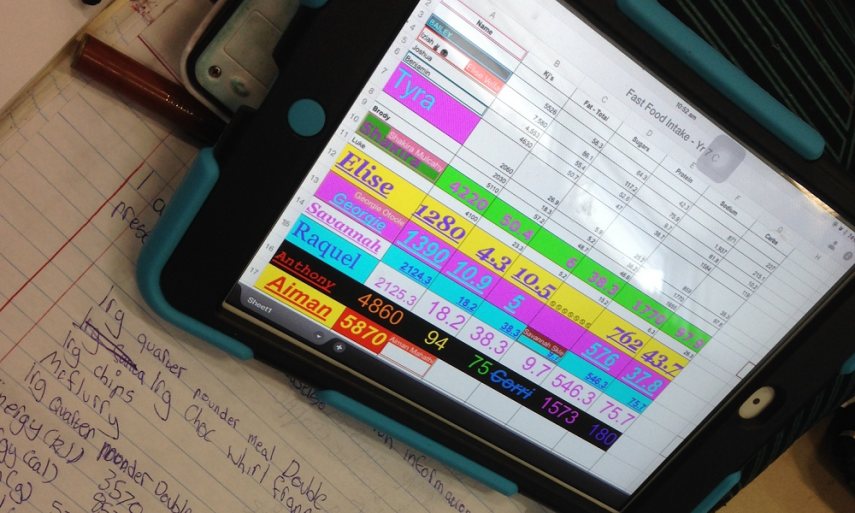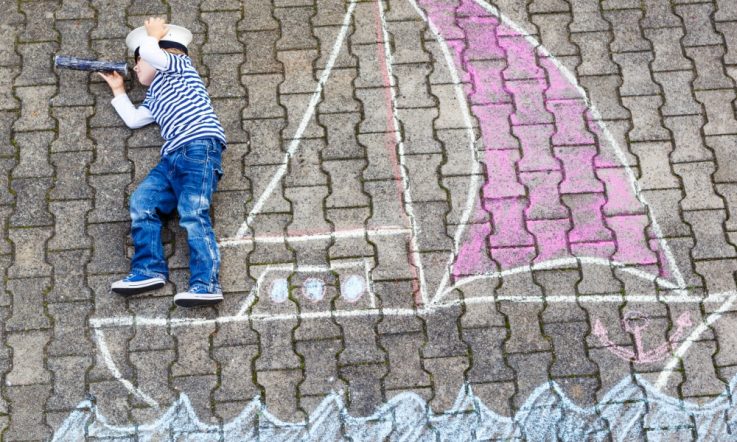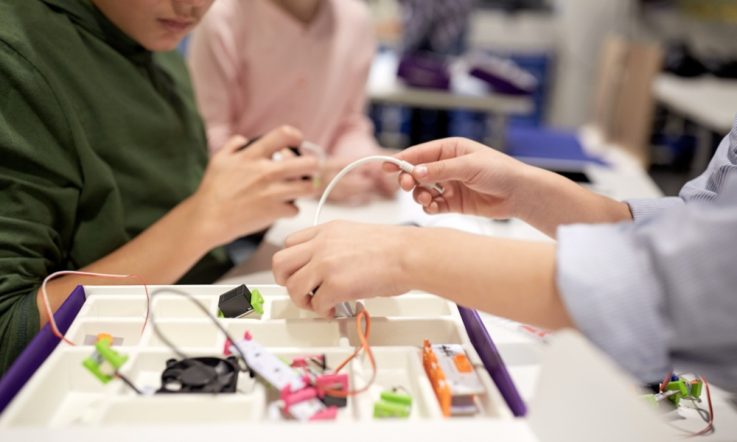There is no doubt that educational settings across the country are placing a greater emphasis on 21st Century educational practices.
The big questions that arise from this transformational shift are: What does 21st Century education actually look like? and How do we develop particular skills sets in students for a future that is perhaps uncertain in what a 21st Century workforce actually entails?
I work at Manor Lakes P-12 College. Our school has strived to develop a culture of learning and teaching that incorporates a 21st Century educational curriculum. Teachers and students utilise technology in order to ensure high quality programs are delivered and student learning outcomes are successfully met.
The use of online learning spaces and tools has allowed our school’s students to access collaborative environments and work together online with peers and teachers. Recently, in a lesson that required students to gather and share data, a number of our students accessed a Google Sheet via their iPad devices to enter specific data sets relating to their learning.
Students were engaging in a health unit with a learning intention geared towards sugar consumption and how this dramatically differed between certain foods that they were eating. To share a common theme amongst my students I asked them to visit a fast food chain of their choosing and ‘order’ what they perhaps normally would. They were then to collect specific nutritional information on those foods and share that with their peers.
In an instance such as this one, ordinarily a table would have been drawn up on the whiteboard and then the students would have entered their data into the table once it had been collected. However, the use of the shared Google Sheet that I had created and given the students permission to not only access, but also to edit, was the ‘game changer’.
The fact that my students could immediately compare data sets and collaborate on one document in real time was wonderful. The feedback from the students themselves was exceptional with comments such as ‘why haven’t we done this before?’ and ‘It is so much easier this way to enter the numbers and to also read’.
From the success of this task I then attempted to then trial the use of Google Sheet with an entire cohort of 70 Year 7 boys.
As part of a wellbeing lesson, the students were focusing on the concept of ‘duty’. One of the ‘duties’ raised was that it was everyone’s collective duty to look after our college and therefore pick up rubbish when we see it.
We ended up discussing that ‘prevention is better than cure’. To better understand this, we needed to understand what rubbish was causing the problems and from there decide how best to tackle the issue.
Students collected 50 pieces of rubbish and sorted that into appropriate piles such as plastics, cans, paper, chip wrappers, bottles, and so on. Once the data had been attained, students then proceeded to access the shared Google document.
The findings of both of the activities highlighted above were quite simple and this was evident via both the work that had been completed, and staff and student feedback. The students were more engaged when it came to entering and sharing their data - this was not a monotonous task to be done in a workbook.
The tasks were completed in real time in a collaborative way using technology in a way that adults would use it in their everyday lives. The learning and sharing of data, and mainly the results, could be very easily accessed by anyone with shared permissions, meaning students could access the documents at anytime, and still can, to share and review the work that was undertaken.
These two examples show simple ways in which technology is able to leverage a desired outcome that perhaps was not previously conceivable. Something as straight forward as having many students access and collaborate on one shared Google document meant that 21st Century teaching and learning skills were being developed, adapted, and showcased.
That is where the real teaching and learning lies.
Have you incorporated new technologies in your classroom?
If so, how would you have run the lesson prior to its use?
How did the student’s respond to the change?
Did the technology achieve what you wanted it to?



